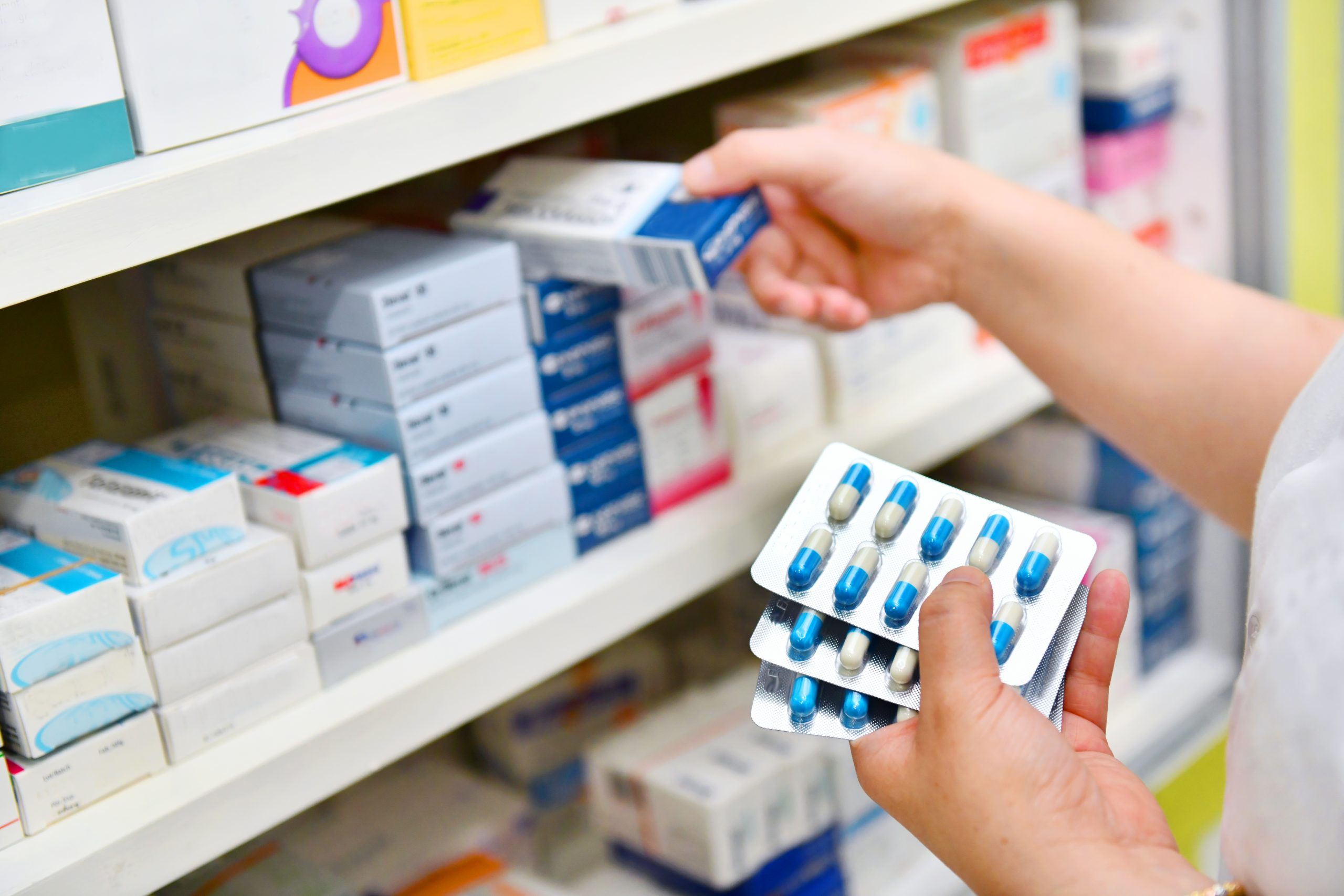Prescription drug addiction is a growing public health issue that affects people from all walks of life. It often begins with a legitimate medical need but can quickly spiral into misuse and dependence. In 2023, the National Center for Drug Abuse indicated that 16 million Americans were abusing prescription drugs. This typical leads to full-fledge addiction. Understanding how prescription drug addiction occurs is crucial for prevention, early intervention, and recovery.
It Starts with a Legitimate Prescription
Many cases of prescription drug addiction begin with a valid reason—such as pain management after surgery, treatment for anxiety, or help with sleep disorders. Physicians may prescribe opioids, benzodiazepines, stimulants, or other medications to help patients cope with short-term or chronic conditions. However, certain medications have a high potential for dependence, especially when used for longer than intended.
Tolerance and Physical Dependence Can Develop
With repeated use, the body can become tolerant to the drug’s effects, requiring higher doses to achieve the same relief. Physical dependence may also develop, meaning the body adapts to the drug and experiences withdrawal symptoms if use stops abruptly. This cycle can lead to a pattern of continued use—even when the medical need is no longer present.

Psychological Factors Fuel Misuse
In addition to physical dependence, psychological factors such as stress, trauma, anxiety, or depression can lead individuals to misuse prescription drugs. What starts as an effort to manage pain or mental health symptoms can evolve into using the medication for emotional escape, mood enhancement, or coping with daily life.
Indications of Abuse & Addiction
Prescription drug addiction is characterized by behaviors such as:
- Taking more medication than prescribed
- Seeking multiple prescriptions from different doctors (“doctor shopping”)
- Changes in mood, behavior, or sleep patterns
- Neglecting responsibilities at work, school, or home
- Withdrawal symptoms when not using the medication
Commonly Abused Prescription Drugs
Some classes of prescription drugs are more likely to lead to addiction. Each of these drug types affects the brain’s reward system and can cause physical and psychological dependence. Prescription medications are often seen as “safe” because they are prescribed by doctors. This misconception, combined with easy access through medicine cabinets, friends, or family, can make misuse more likely—especially among teens and young adults. Here are the top offenders:
- Pain Relievers (e.g., oxycodone, hydrocodone, Tramadol)
- Benzodiazepines (e.g., Xanax, Ativan, Valium)
- Stimulants (e.g., Concerta, Ritalin, D-Amphetamine)
Prevention and Recovery
Preventing prescription drug addiction involves:
- Educating patients about the risks
- Following medication instructions carefully
- Properly storing and disposing of unused medications
- Screening for mental health and substance use risk factors
For those already struggling with addiction, treatment options include detoxification, behavioral therapy, medication-assisted treatment (MAT), and support groups. Recovery is possible with the right support and care.
Last Word
Prescription drug addiction doesn’t happen overnight. It often begins with a medical need and progresses through subtle stages of dependence and misuse. Awareness, responsible use, and timely intervention are key to preventing and overcoming addiction. If you or someone you know is struggling, professional help is available—and recovery is within reach.
About Celadon Recovery
Celadon is a comprehensive addiction and mental health treatment center located along the shores of the Caloosahatchee River in Fort Myers, Florida. With a full-continuum of care including detox, residential, and outpatient programs, we are committed to quality substance use and co-occurring disorder care. Call us today at 239-266-2141.





